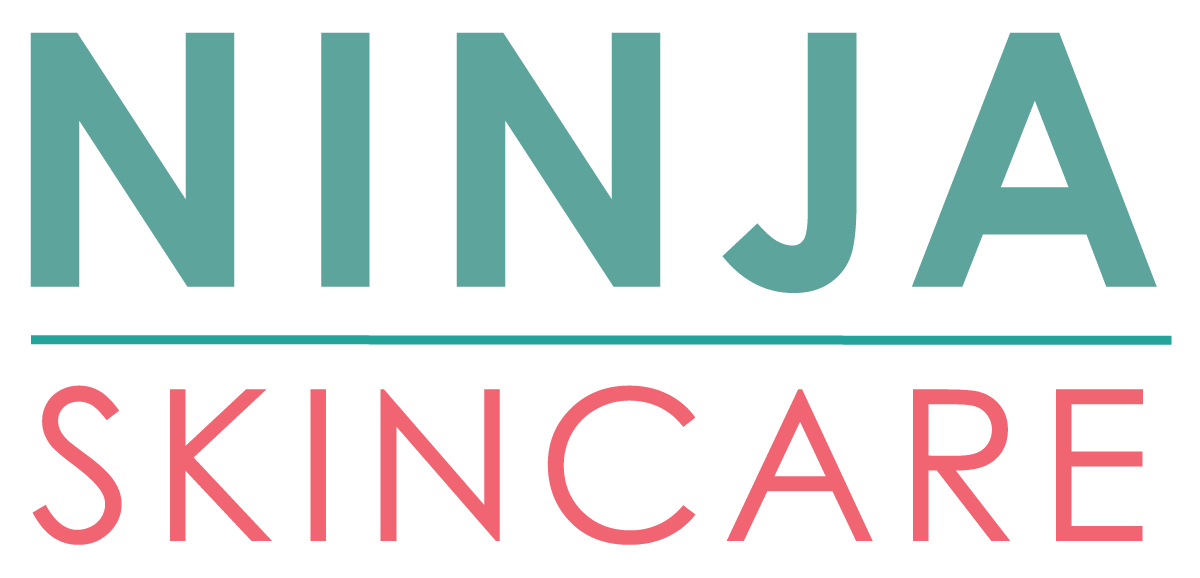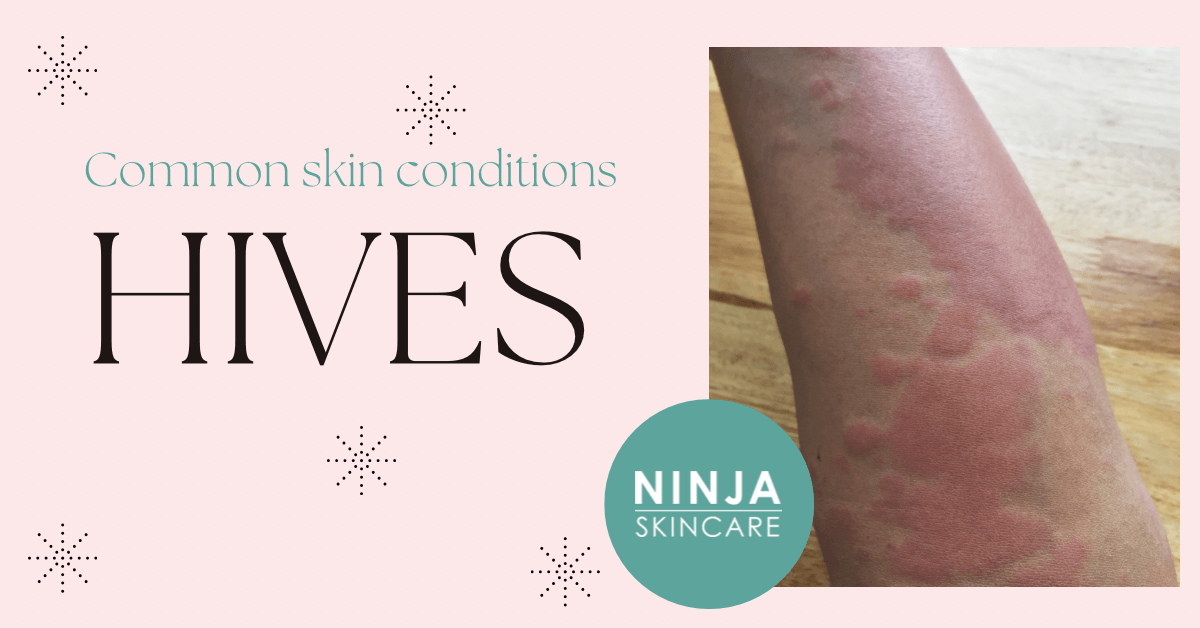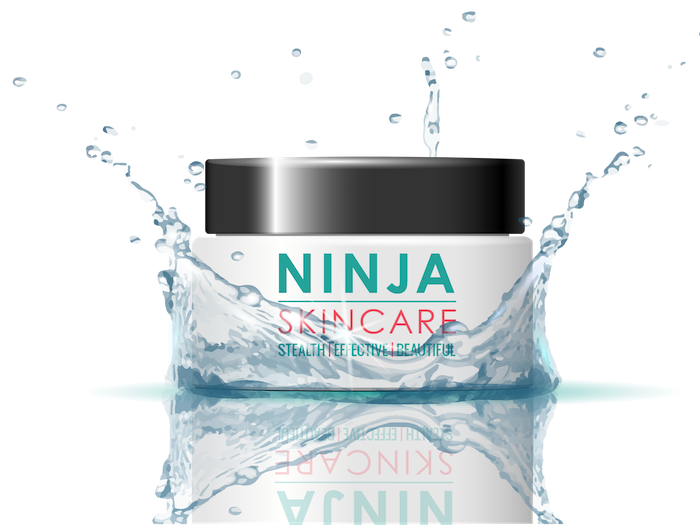Most Common Skin Conditions: Hives
May 12, 2023
What you need to know about HIVES
We received many positive comments on our last blog post about Eczema, which is, after acne, the most common skin condition that affects up to 30% of the population.
So for this post, we continue on this topic and explore the third most common skin condition: Hives.
Hives (medically known as urticaria) is a skin condition that affects up to 20% of the population during their lifetime. Anyone who has had hives or has been with someone who is having an outbreak would easily be able to visually diagnose hives as they can be quite prominent. Hives are bumps or raised patches on the skin that range from the size of a pinhead to several inches in diameter. With an abundance of hives, they can join together to form a large patch called a plaque.
Hives are not only visually unpleasant for affected people, but they cause intense itching and at times, enough swelling to result in a medical emergency. How you might ask? Well, hives are not limited to certain body parts – like the legs and arms where, although unpleasant, wouldn’t cause any medical issue if swelling occurred. When hives form deep in the skin or in more sensitive, moist areas like the eyes, lips and even the throat, any level of swelling could result in intense discomfort and trouble breathing or swallowing which require medical intervention. This type of swelling is called Angioedema. Andioedema can result in Anaphylaxis – which is a medical emergency and often will require a shot of epinephrine.
Although most hive outbreaks are relatively harmless and don’t last for over 24 hours, there are some hives that can last up to 6 weeks or even longer. People who experience this level of outbreak are diagnosed with chronic hives.
What causes hives?
The good news for people who are not affected by hives is that they are not contagious. But for people who do experience hives, there are several reasons/causes. Up to 60% of hives outbreaks are due to infections of some sort. There are some undiagnosable causes, which in the medical community is referred to as chronic spontaneous urticaria (CSU). But for many people who have experienced hives outbreaks throughout their lives, there are certain triggers. Those triggers may include allergic reactions to:
- Foods
- Certain medications
- Plants (such as poison ivy, poison oak)
- Insect bites or stings
- Animal dander or saliva
- Latex
- Pollen
- Autoimmune diseases
- Environmental or physical stimuli (temperature, water, sunlight, physical pressure)
- Exercise
- Alcohol
I hope you laughed as hard as I did when you read “allergic to exercise”! Finally, my excuse has been medically diagnosed!
How to manage hives
Once you know you are affected by hives, you can actively manage this condition by taking prescribed medication, avoiding the triggers that cause it, wear loose-fitting clothing, drink lots of water, avoid scratching your outbreak and applying salve or anti-itch ointment such as a topical, over the counter cortisone cream.
That is about it for hives. Next up: Hair loss.
Questions? Comments?
Email: clearskin@ninjaskincare.com
Text/call: 925.933.8425



 Get a ZERO obligation consultation with an acne-fighting Ninja!
Get a ZERO obligation consultation with an acne-fighting Ninja!
